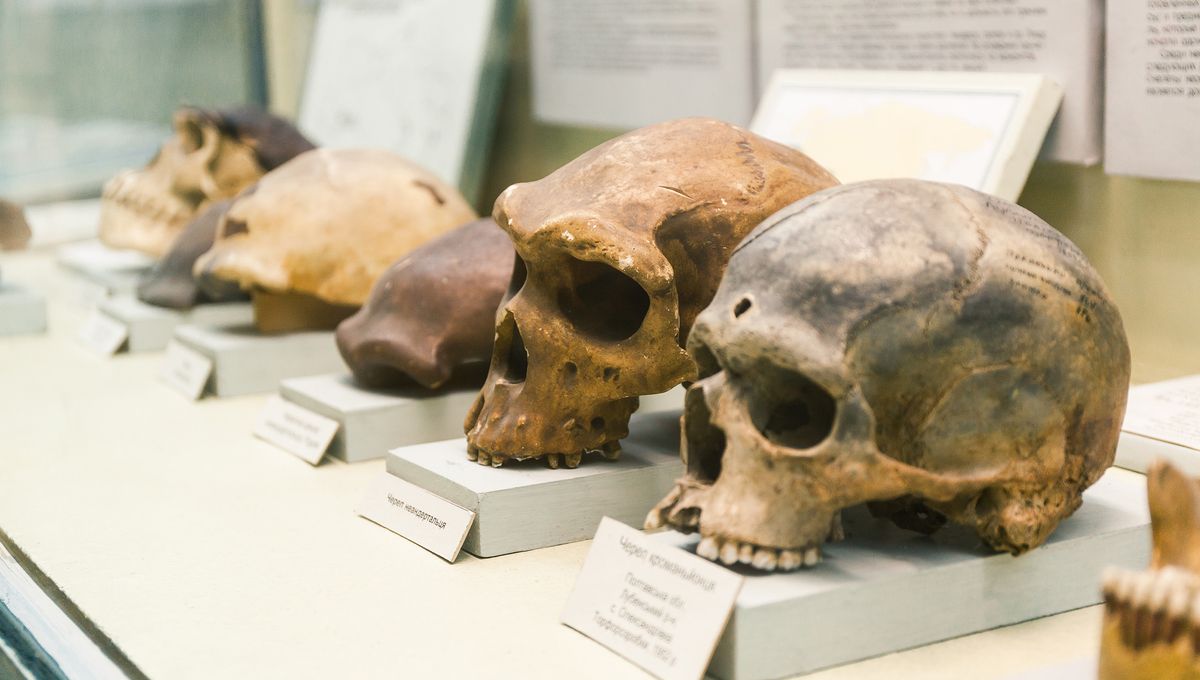
For any member of the Homo lineage, half a million years on Earth can be considered a pretty good innings. Most of our human ancestors became extinct around the time they hit that milestone, and our own species is already pretty far along the conveyor belt towards this annihilatory age.
ADVERTISEMENT GO AD FREE
And yet, there’s one archaic human species that managed to evade the cold hand of extinction for a staggering length of time. The erotically named Homo erectus – so called because it was the first member of the genus to walk upright – clung on to existence for close to 2 million years and spread across much of the planet before finally going tits up at a time when modern humans were already on the scene.
Such longevity makes H. erectus by far the most successful human of all time. To put this extraordinary shift into context, Neanderthals only lived for around 400,000 years before vanishing 40,000 years ago, while H. heidelbergensis – the common ancestor of Neanderthals and modern humans – existed for approximately 500 millennia.
The European species Homo antecessor, meanwhile, was around from roughly 1.2 million to 800,000 years ago. To find a more durable human, you have to go all the way back to the very first member of our lineage, Homo habilis, which lived in Africa from around 2.4 million years ago until 1.4 million years ago.
That’s a decent stretch, but nothing compared to H. erectus. First emerging in East Africa around 1.9 million years ago, the species soon moved into western Asia, appearing in Georgia by about 1.85 million years ago.
And the old boy kept going and going, eventually reaching China and Indonesia, where it survived until a little over 100,000 years ago. Along the way, the species learned to make hand axes and may have mastered the use of fire, while there’s some evidence to suggest the ancient hominid might even have built boats.
In the end, the long-lasting erectus seems to have finally flopped in Java, where the youngest remains belonging to the species are found. Until recently, it was believed that modern humans may have been responsible for the demise of H. erectus, although it now appears that the ancient hominid exited the scene some 25,000 years before Homo sapiens reached Java.
ADVERTISEMENT GO AD FREE
Experts therefore think that the species died out due to climate change, as the open woodlands of ancient Java were replaced by rainforests. For all of its successes, H. erectus simply didn’t have the smarts to adapt to this new habitat and wasn’t capable of updating its toolkit to meet the challenges posed by such drastic ecosystem alterations.
And with climate change becoming increasingly severe once again, question marks are growing over our own ability to change our ways and save ourselves from joining the other Homos in the museum archives. Having first evolved some 300,000 years ago in Africa, we’re not that far off the terminal age reached by Neanderthals and the other recent human species.
Whether or not we can break through this ceiling and keep it up for as long as H. erectus will undoubtedly depend on how well we respond to the planetary crisis in which we currently find ourselves.
Source Link: Which Human Species Survived For The Longest? Spoiler: It’s Not Us